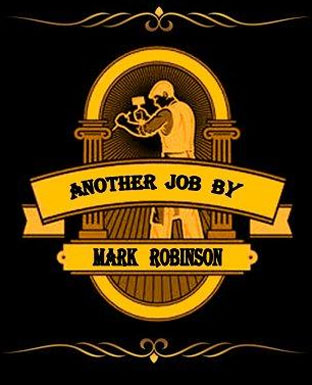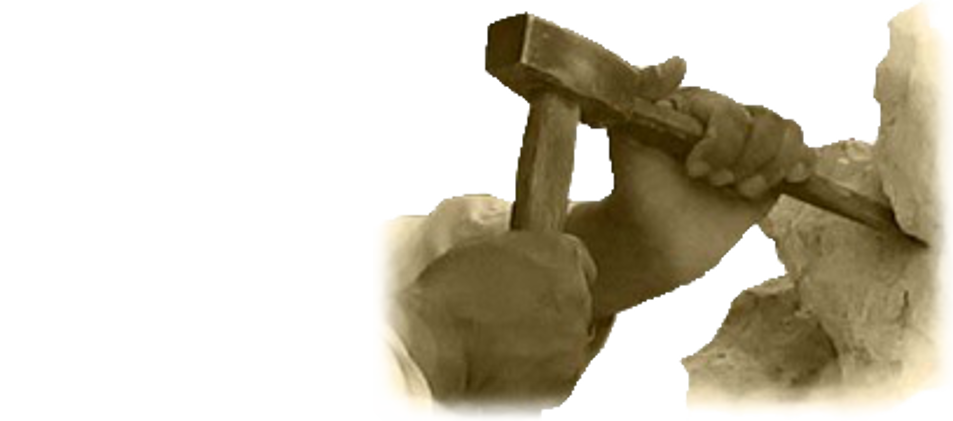Ellis Monument ~ Torpoint, Cornwall.
Client : Torpoint Town Council.

During the afternoon on July the 19th, 1897 James Benjamin Ellis, a Chief Petty Officer in the Royal Navy, was working in his garden at Barbadoes Cottages on the waterfront in Torpoint, Cornwall. Little did he know at that time, it would be his last. It soon became apparent to him that four teenage boys were swimming in the Ballast Pond and had got into difficulties. Ellis immediately ran down to the water’s edge and swam to their aid. Two of the boys managed to get to safety whilst Ellis held onto the other two. Two men in a boat came to their aid and pulled the boys from the water. Another boatman then went to help Ellis, but only to hear him say ‘I’ve got cramp and I’m going’. He could not find any sight of Ellis. About half an hour later, men in boats using grappling irons, located his body about fifty yards from where he entered the water. The following year, by public subscription, a memorial was erected in his honour.

Torpoint Town Council approached us to carry out some minor repairs and general re-pointing to the monument itself. All the jointing on the monument had been, in the past, pointed using a cement based mortar. All this had to be removed, so the first task was to cut out all the old pointing. And all that was done by hand tools only.


Once all the cutting out had been completed all the joints were re-pointed using a historic lime mortar. The monument is predominantly made from Cornish silver grey granite. It is square on its base plan with a trefoil arch on each of the four elevations carved into gabled hoods which are then supported on polished red Balmoral granite colonettes. Some of the colonettes had become loose. The joints for these were packed with slate and epoxy resin then pointed with lime mortar.
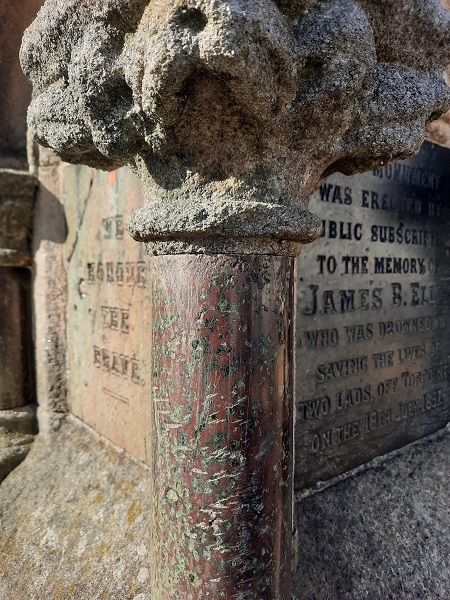
Each hooded gable has back panels carved from pink granite in various designs. Pink granite is found in Cornwall, primarily in the form of Luxullianite, a type of tourmaline-rich granite. Luxullianite is named after the village of Luxulyan near St, Austell, and is characterized by pink alkali feldspar phenocrysts within a black matrix of tourmaline and quartz. This back panel has an anchor carved within its design to represent Ellis’s naval connection.
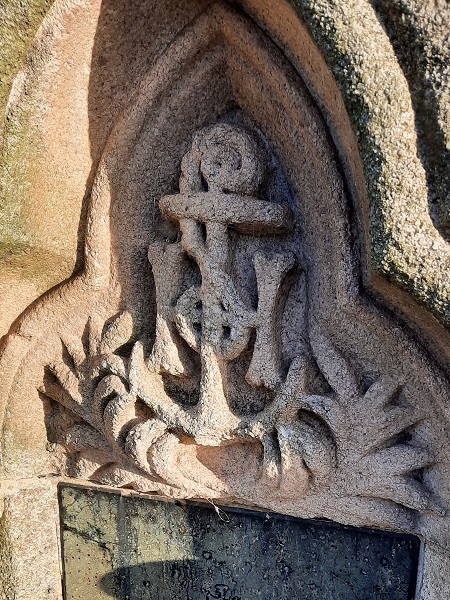
All four sides have a plaque made from polished Polyphant stone, a variety of Elvan, with different inscriptions. Three of the inscriptions are biblical. They read as follows.
‘GREATER LOVE HATH NO MAN THAN THIS’
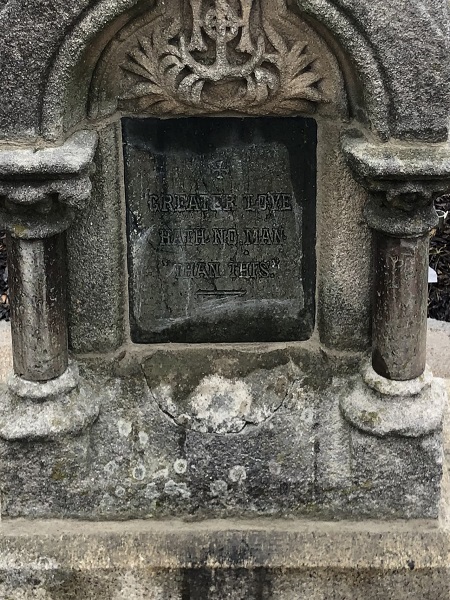
‘WE HONOUR THE BRAVE’
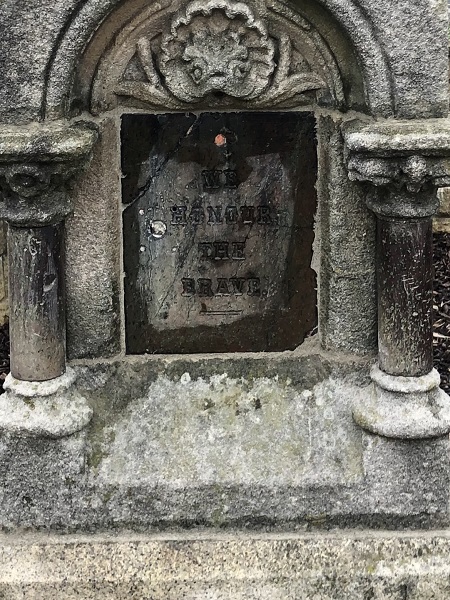
‘THE MERCIFUL MAN IS MERCIFUL TO HIS BEAST’
This particular inscription is on the monument because originally the monument was first erected in a different location to where it’s standing now and back then it had a drinking trough for animals. For some reason the drinking trough was not put back when the monument was re-located.
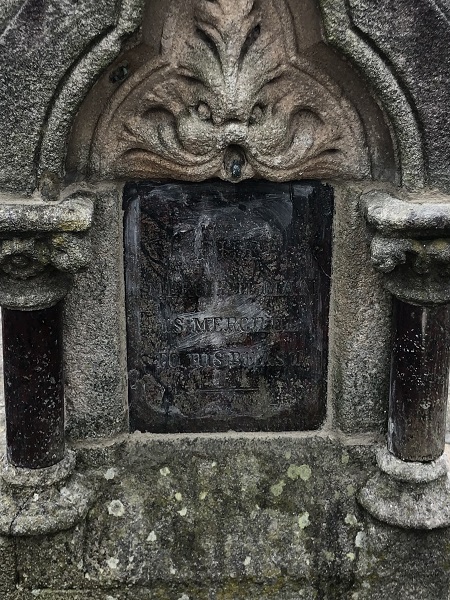
The fourth panel is the dedication to James Benjamin Ellis.
‘THIS MONUMENT WAS ERECTED BY PUBLIC SUBSCRIPTION TO THE MEMORY OF JAMES B. ELLIS. WHO WAS DROWNED IN SAVING THE LIVES OF TWO LADS OFF TORPOINT ON THE 19TH JULY 1897.’
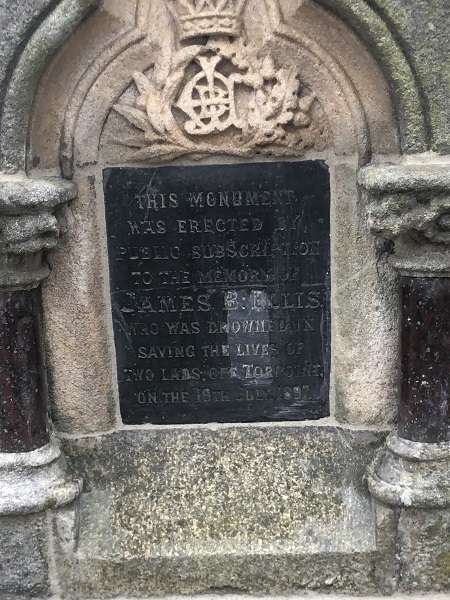
Once all the repairs and re-pointing had been completed the monument was cleaned up using a DOFF system. Doff cleaning is a stone cleaning system that uses high-temperature steam to remove dirt, grime, and various types of contaminants from stone and masonry surfaces. It’s a gentle yet effective method that avoids the use of harsh chemicals and is preferred for its ability to preserve the integrity of historic buildings and other sensitive structures. The system heats water to a high temperature, creating steam that is used to clean the surfaces. While the steam is hot, the pressure is low, minimizing the risk of damage to the substrate. The combination of low water volume and hot steam used in Doff cleaning ensures that surfaces dry quickly, minimizing the risk of moisture-related issues.
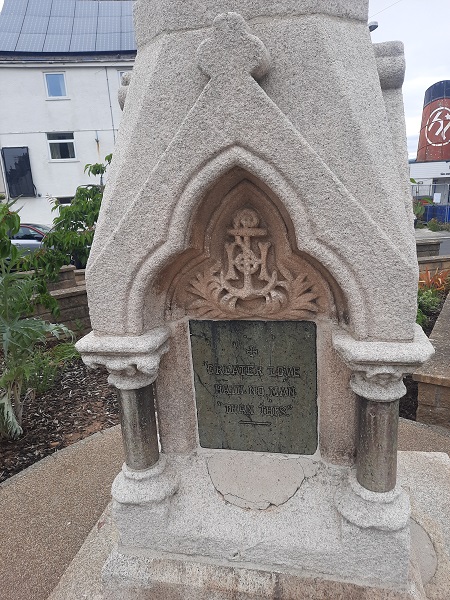
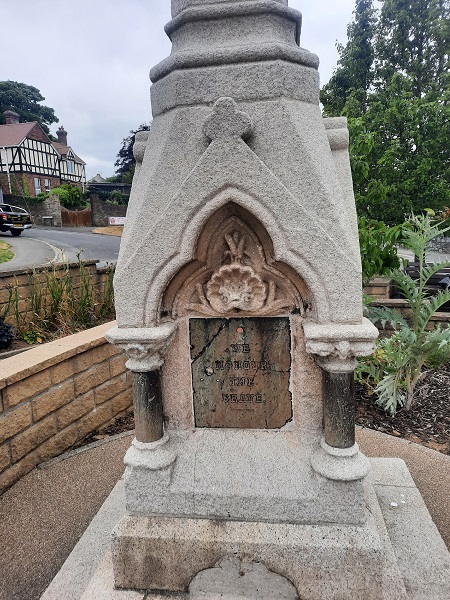
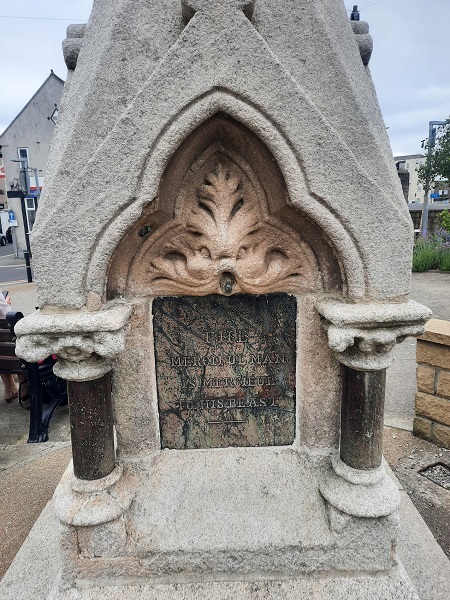
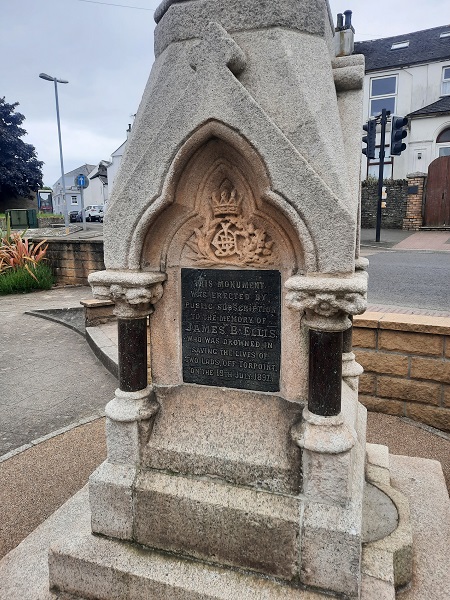
The monument has a tapered shaft surmounted with a Celtic cross.
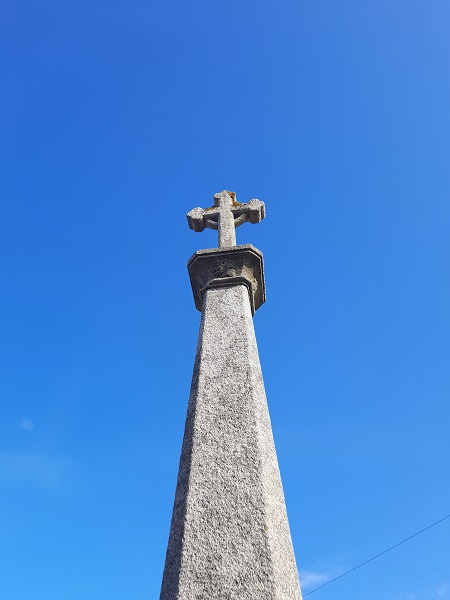
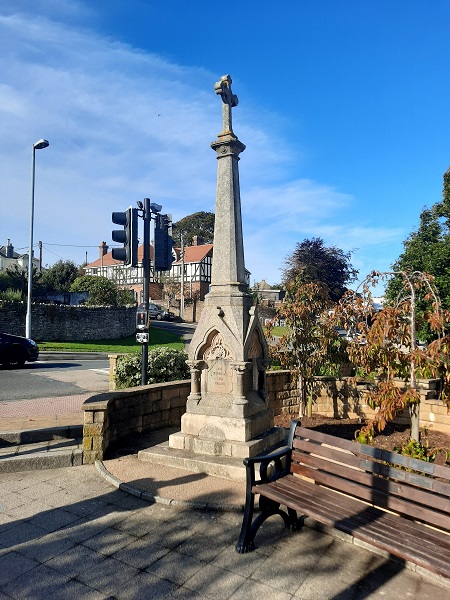
The Ellis monument is Grade II listed.
